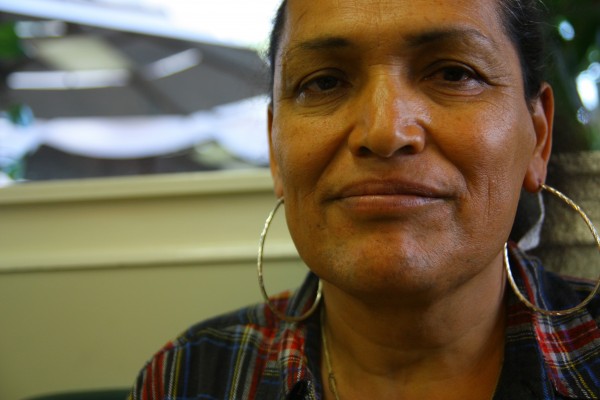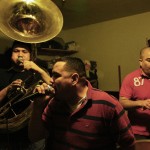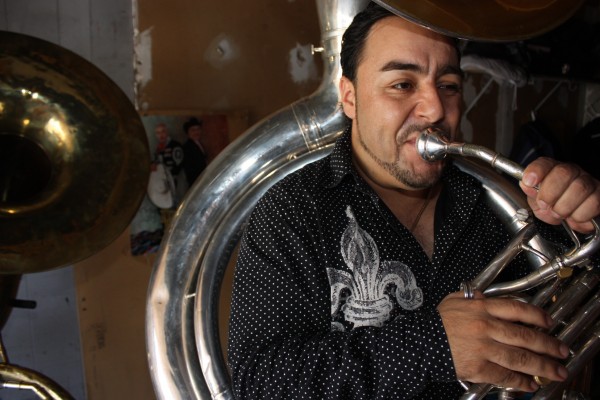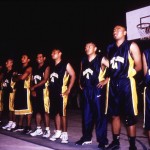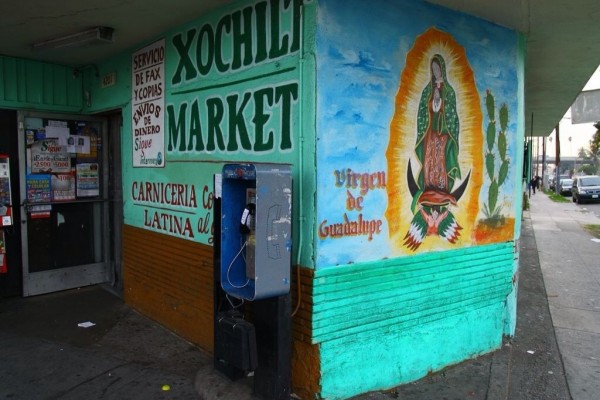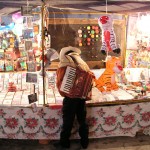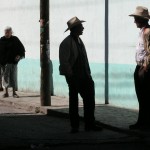As I wrote earlier, I’ve been doing a story on the murder of a transgender black woman named Nathan Vickers, who also went by the names Chassidy, Chase and Cassidy.
I believe homicide gives reporters an opportunity to write about how a person lived, and less about how she died. As part of that, I’m trying to write about the transgender prostitute subculture in Hollywood.
One person I talked to was Luisa Rivera, a transsexual who has lived here for many years and who comes from Guadalajara. Latina transgenders changed a lot about the culture, which was really about drag queens until they arrived. They began coming in large numbers in the 1980s, mostly from Mexico, she said. As it happened, this coincided with the emergence of plastic surgery, which kept dropping in price as the years passed.
Far more so than other groups, Latina transgenders went for plastic surgery in a big way, she said. Enormous breasts, cheek and buttock implants, lots of silicon and hair weaves. Rivera said. In Hollywood they had surgeons here and in Tijuana to choose from. (They also had a vast, monied john clientele here, who insisted that they remain “fully functional” men, as the back-of-the-book ads in Hollywood sex throw-aways relentlessly put it.)
As we spoke, it occurred to me that Mexican transgenders were very much like other Mexican immigrants, but with a twist.
Mexican immigrants, generally, have spent the first dollars they’ve earned here in establishing themselves back home, mainly by building large houses. So it’s not only a house; it’s a way of showing everyone else how the person has done, that he is no longer the humble, shoeless kid who left the village at 15, who was humiliated for simply being poor. His transformation is complete.
Mexican transgender women also come here for a transformation — wanting to live as women after years of beat-downs and humiliations. They, too, want to show success publicly and quickly. Instead of houses, they spend on their bodies, to show the world, and maybe themselves, that they are not who they were when they were run out of their hometowns and country. Their breasts especially are monuments (pardon the pun, if that’s what it is) to the person they have become and always wanted to be back in Mexico.
Very much enjoying this story. More interviews to come.

